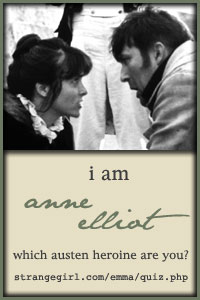This, on Roman roads in the Alps.
Though the Great Saint Bernard Pass might seem cut off from the world, especially when the clouds and snow move in again and the familiar figures of the roofers have come down at the end of the day, the roads all crossed here: Neolithic,Celtic, Roman, Medieval, Napoleonic. Everyone came building roads.
The Veragri and Salassi, the ancient tribes of the region, made paths
Long after came the modern highway, bringing the bright red tour busses which blossom by day like Alpine poppies and vanish again at nightfall; closed by snow seven months of the year. And hiking trails too ascend the mountains to clouded Alpine lakes and Roman marble quarries; plummet down to villages in Switzerland or Italy—the route the seventeen-year-old American pilgrim is taking tomorrow morning, walking from Brussels to Rome in her brown cloak in constant prayer against her sister's cancer.
The bedrock is a cicatrix of half-remembered roads. But I'm fooled by what look like endless paths, in a picture I've taken, criss-crossing the summer stone. Too many paths to count. I'm told when I wonder at their number that I'm looking at the scars of avalanches. These, too, look like ways down from the mountains.
(From my creative nonfiction piece, Crossroads of the Alps, The World & I, September 2001)
image: Christie B. Cochrell, At the Temple of Jupiter




















No comments:
Post a Comment